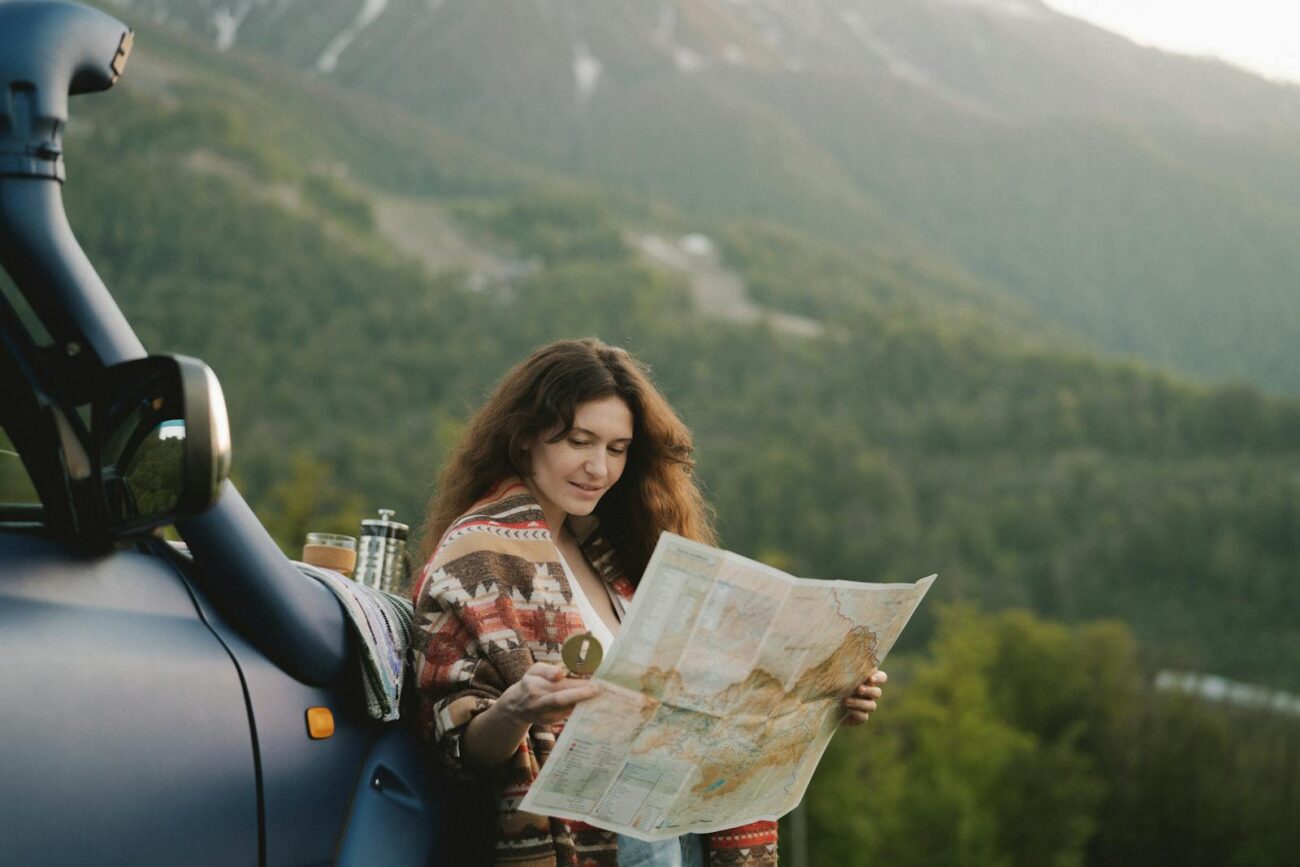Craving an international experience without the hassle of passports, currency exchange, or long-haul flights? The United States offers an astonishing variety of destinations that can transport you to far-off lands while keeping you within domestic borders. From Mediterranean-inspired coastlines to European-style villages, Asian-influenced gardens to African savanna-like landscapes, these 15 quick getaways deliver global experiences with the convenience of domestic travel. Perfect for weekend escapes or short vacations, these destinations prove you don’t need to cross oceans to feel worlds away from home. Each location offers its own unique cultural immersion, distinctive architecture, and atmospheric charm that will have you questioning whether you’ve actually left the country.
Leavenworth, Washington – Bavaria in the Pacific Northwest
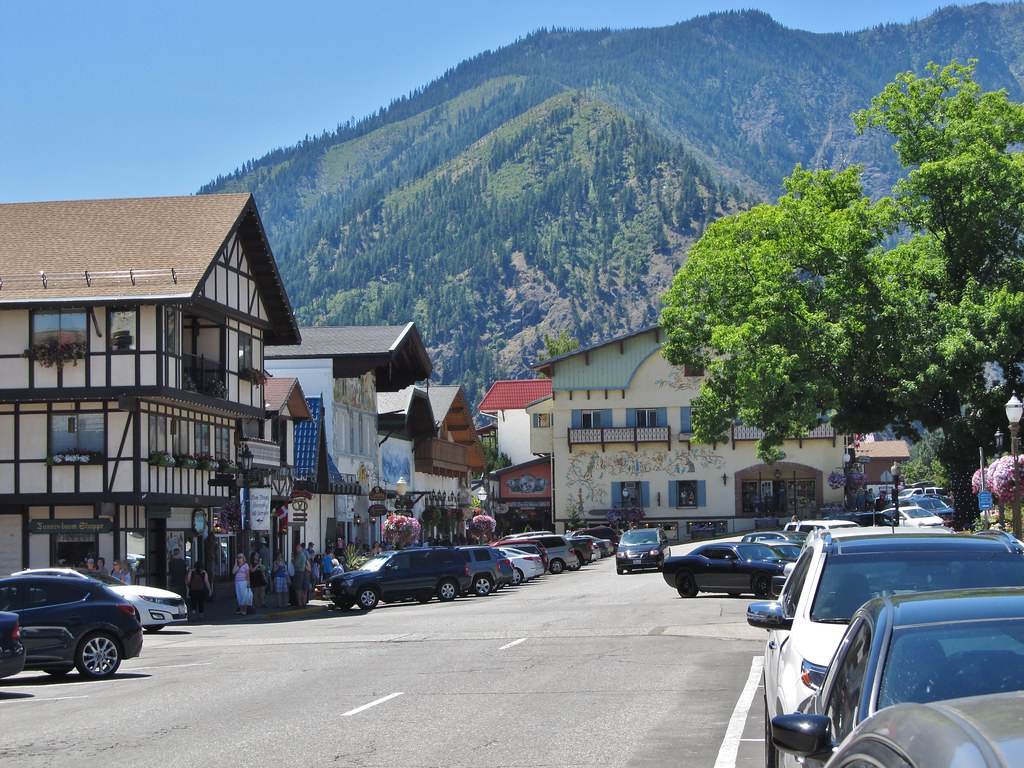
Nestled in the Cascade Mountains, Leavenworth transforms a corner of Washington state into a charming Bavarian village that would make any German feel right at home. The town underwent a complete architectural overhaul in the 1960s, adopting Alpine-style buildings with detailed fachwerk patterns, peaked roofs, and flower boxes overflowing with geraniums. Year-round, visitors can indulge in authentic German cuisine at restaurants serving everything from schnitzel to spätzle, while the numerous beer gardens pour imported German brews and local craft options inspired by Bavarian traditions. The town’s dedication to its German identity extends to a robust calendar of festivals, including one of the largest Oktoberfest celebrations outside Germany and an enchanting Christmas market that transforms the village into a winter wonderland with over half a million lights. Beyond the Alpine aesthetic, the surrounding mountains offer outdoor activities that further enhance the European mountain town atmosphere, from hiking in summer to skiing in winter.
Solvang, California – Denmark’s Spirit on the Central Coast
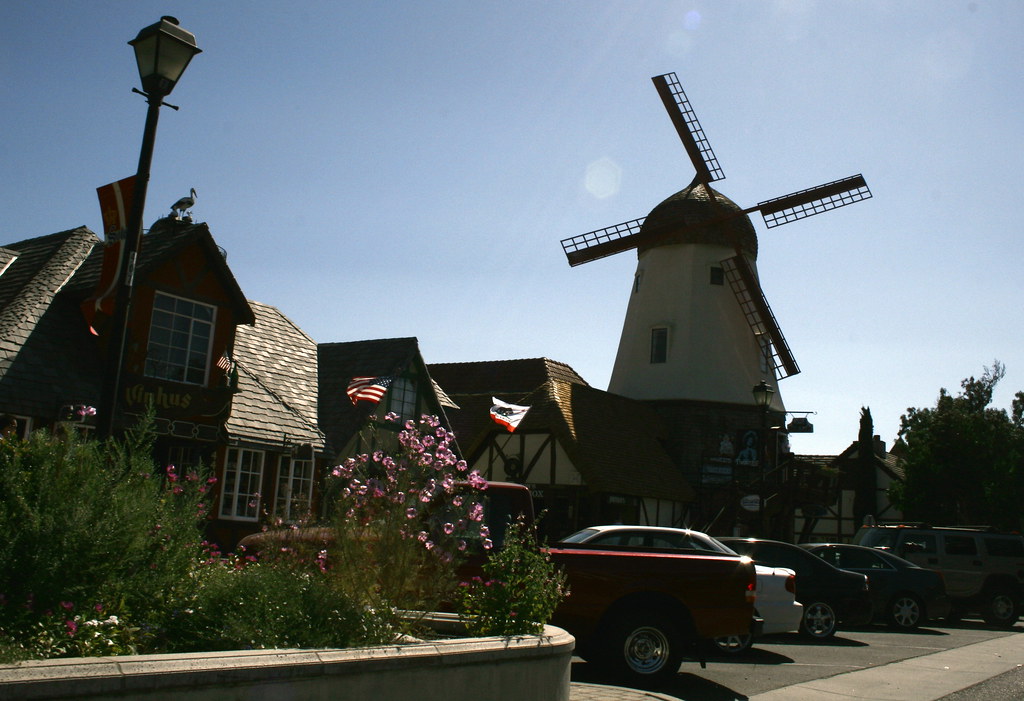
In the heart of Santa Barbara wine country lies Solvang, a slice of Denmark complete with windmills, half-timbered buildings, and a replica of Copenhagen’s famous Round Tower. Founded by Danish educators in 1911, this village maintains its Scandinavian heritage through authentic architecture, including the eye-catching windmills that have become iconic symbols of the town. The culinary scene further reinforces the Danish experience, with bakeries selling traditional aebleskiver (spherical pancakes) and wienerbrød (Danish pastries), while specialty shops offer imported Scandinavian goods from clogs to Christmas ornaments. Literary enthusiasts can visit the Hans Christian Andersen Museum, celebrating Denmark’s beloved fairy tale author with exhibits about his life and works. The village’s European charm intensifies during annual events like Danish Days in September, when folk dancers, musicians, and parades celebrate the town’s heritage with unabashed Nordic enthusiasm.
St. Augustine, Florida – Spain’s Colonial Legacy
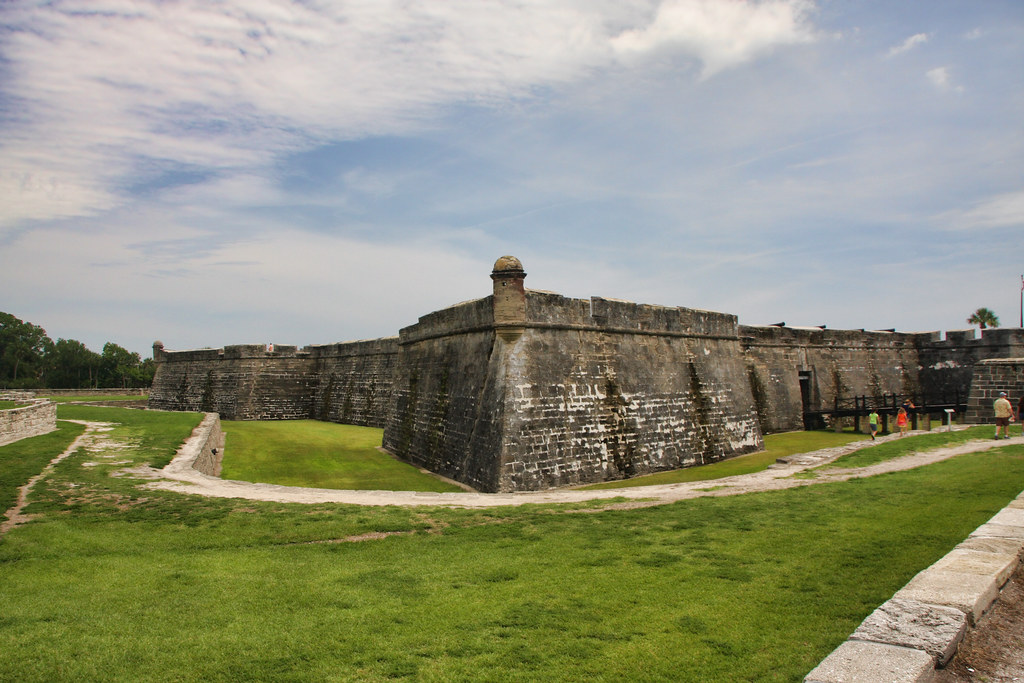
As the oldest continuously occupied European settlement in the United States, St. Augustine delivers an authentic Spanish colonial experience without crossing the Atlantic. Founded in 1565, the city’s historic district features narrow cobblestone streets lined with buildings showcasing Spanish Colonial architecture, including the imposing Castillo de San Marcos, a 17th-century stone fortress that stands as the oldest masonry fort in the continental United States. The city’s Spanish influence extends beyond architecture to its cultural attractions, including the Colonial Quarter living history museum where visitors can witness blacksmiths, leatherworkers, and other artisans practicing colonial-era crafts. Restaurants throughout the old town serve Spanish-inspired cuisine, while flamenco performances and Spanish guitar music create an immersive Mediterranean atmosphere. The Fountain of Youth Archaeological Park not only commemorates the city’s connection to explorer Ponce de León but also features reconstructions of the first Spanish settlement, completing the illusion of having stepped into colonial Spain.
New Orleans’ French Quarter – Parisian Elegance with Caribbean Flair
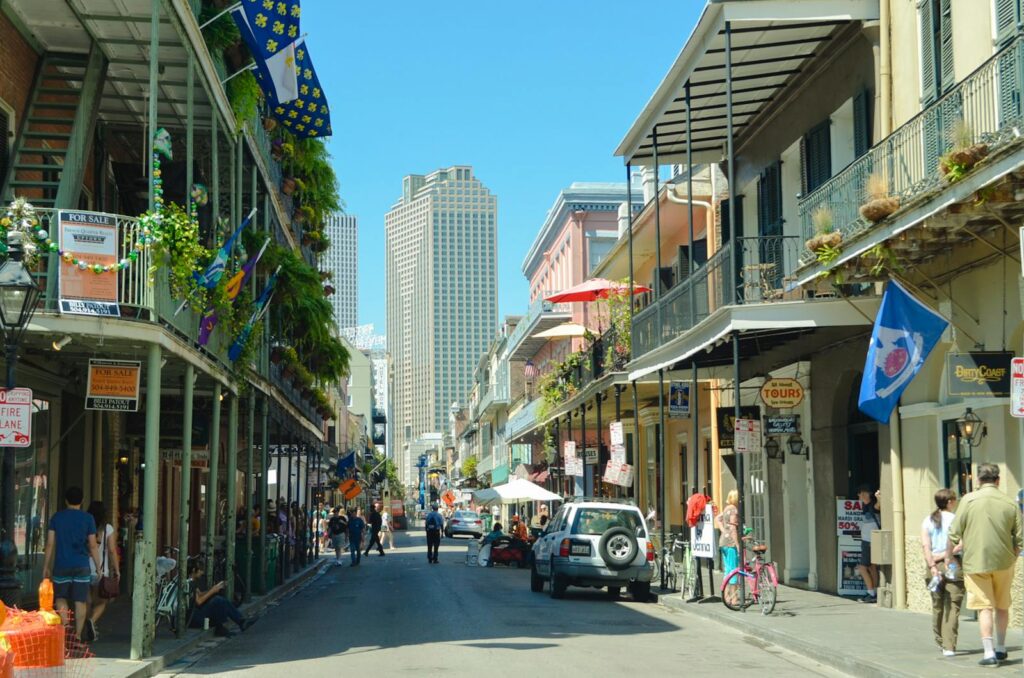
The French Quarter of New Orleans creates a unique international experience that blends French, Spanish, and Caribbean influences into something entirely its own yet distinctly foreign-feeling. Wrought-iron balconies with intricate patterns adorn colorful buildings along streets bearing French names, while hidden courtyards with bubbling fountains evoke the intimate spaces of Paris or Madrid. The neighborhood’s soundscape enhances its international feel, with jazz spilling from historic clubs, street performers playing everything from classical violin to Caribbean drums, and multiple languages mixing in the air as locals and visitors alike promenade along the boulevards. Culinary experiences further transport visitors abroad, from beignets and café au lait at Café du Monde to Creole and Cajun cuisine that reflects the city’s complex colonial history and multicultural heritage. The Quarter’s numerous festivals, including the world-famous Mardi Gras celebrations, incorporate traditions from French carnival celebrations, Spanish religious processions, and Caribbean parade customs, creating an atmosphere that feels simultaneously European and tropical.
Santa Fe, New Mexico – Adobe Architecture of Ancient Pueblos
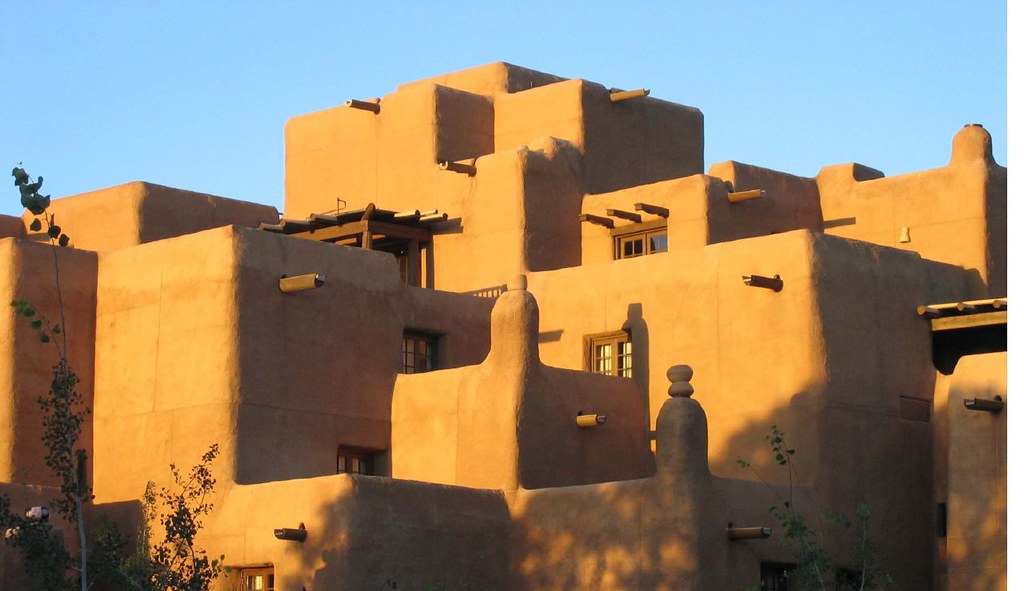
With its distinctive adobe architecture and rich Native American and Spanish colonial heritage, Santa Fe offers visitors an experience reminiscent of ancient Pueblos and Mexican villages. The city’s historic plaza and surrounding streets feature earth-toned buildings with rounded corners and protruding wooden vigas (roof beams), architectural elements that have remained largely unchanged for centuries and create a visual aesthetic unlike anywhere else in the United States. Native American artisans sell handcrafted jewelry, pottery, and textiles under the portal of the Palace of the Governors, continuing traditions that predate European contact. The city’s culinary scene revolves around New Mexican cuisine, with restaurants serving dishes like blue corn enchiladas, sopapillas, and chiles rellenos that reflect both indigenous ingredients and Spanish influences. Santa Fe’s numerous museums, including the Museum of International Folk Art and the Georgia O’Keeffe Museum, showcase artistic traditions from around the world while emphasizing the region’s unique cultural blend. The nearby ancient cliff dwellings at Bandelier National Monument and the living pueblo communities that welcome visitors further enhance the sense of stepping into a different world with deep historical roots.
Portland Japanese Garden, Oregon – Kyoto’s Tranquility in the Pacific Northwest
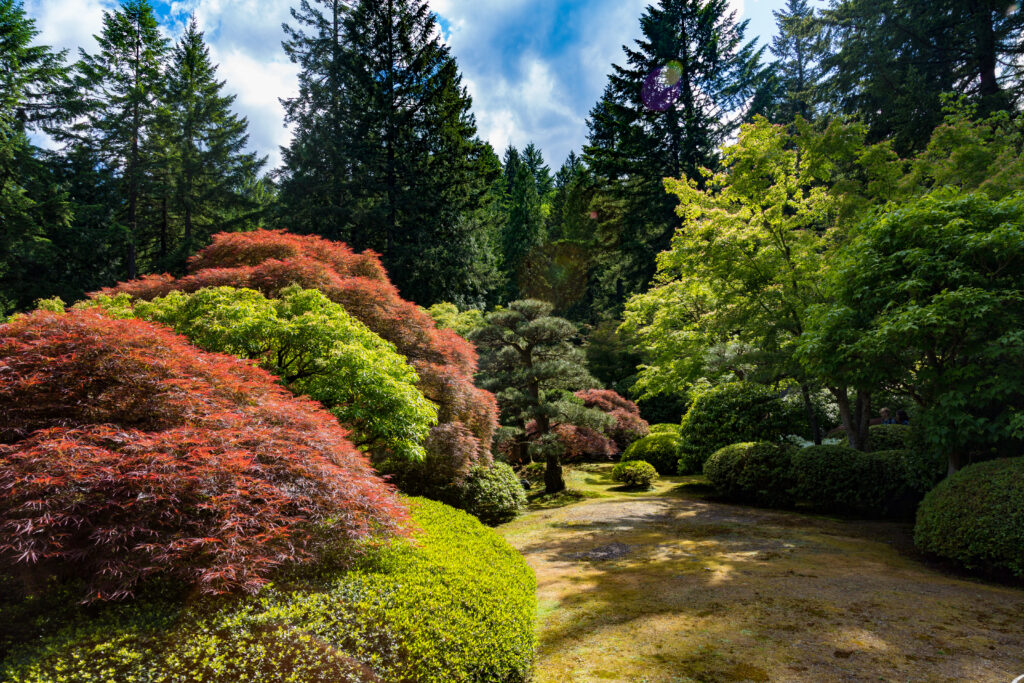
Widely considered one of the most authentic Japanese gardens outside Japan, Portland’s Japanese Garden transports visitors to the peaceful temples and imperial villas of Kyoto without leaving the Pacific Northwest. Designed by Professor Takuma Tono in 1963, the garden spans 12 acres and encompasses eight distinct garden styles, including an authentic tea garden leading to a ceremonial teahouse where traditional tea ceremonies are regularly performed. Meticulously pruned trees, carefully placed stones, and flowing streams create the sense of natural perfection that characterizes traditional Japanese garden design, while moss-covered paths lead visitors through changing seasonal displays including cherry blossoms in spring and vibrant maple foliage in autumn. The Cultural Village, designed by renowned Japanese architect Kengo Kuma, features buildings that showcase traditional Japanese carpentry techniques and materials, including a tiled roof made by Japanese artisans using ancient methods. Educational programs offered throughout the year teach Japanese arts such as ikebana (flower arranging), bonsai cultivation, and calligraphy, allowing visitors to immerse themselves in Japanese cultural practices during their visit.
Miami’s Little Havana – Cuban Culture Without the Travel Restrictions
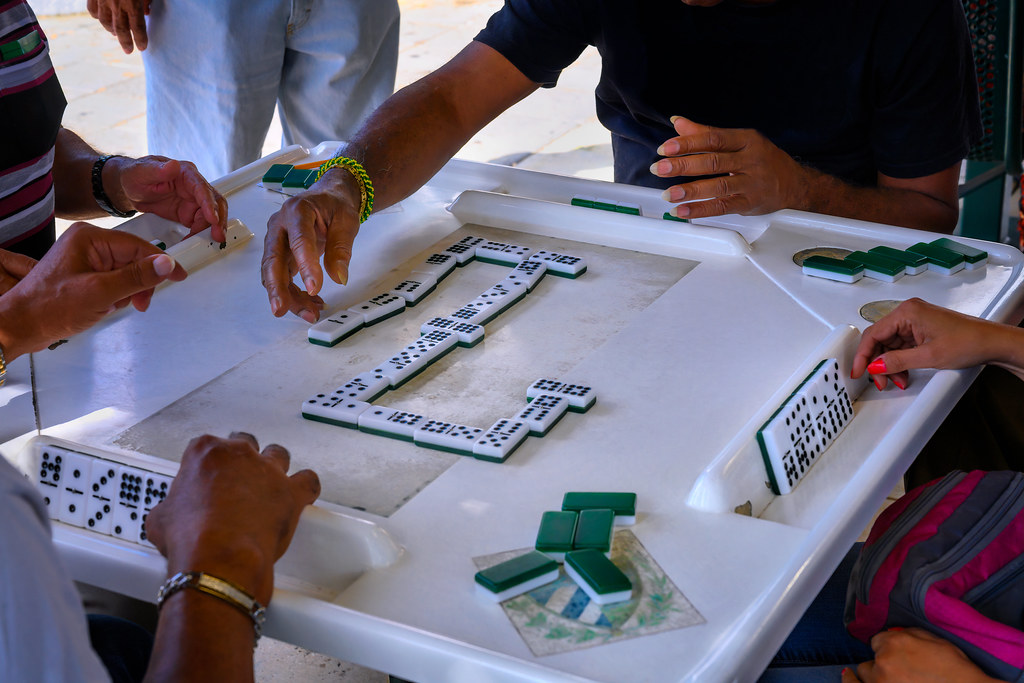
For an authentic Cuban experience without the complications of travel restrictions, Miami’s vibrant Little Havana neighborhood delivers Caribbean island culture with unmistakable authenticity. Along Calle Ocho (8th Street), the neighborhood’s main artery, the scent of Cuban coffee and cigars fills the air as elderly Cuban men play intense games of dominoes in Maximo Gomez Park, also known as Domino Park. Cuban restaurants and bakeries line the streets, serving traditional dishes like ropa vieja (shredded beef), vaca frita (crispy beef), and Cuban sandwiches pressed to perfection, while ventanitas (little windows) serve thimbles of potent Cuban coffee throughout the day. Cultural institutions like the Tower Theater show films in Spanish and English, while art galleries showcase work by Cuban artists both established and emerging. The neighborhood comes alive during monthly Viernes Culturales (Cultural Fridays) events, when street performers, musicians, and dancers transform the area into an outdoor celebration of Cuban and broader Latin American culture, creating an atmosphere so authentic that Spanish often becomes the primary language heard on the streets.
Sedona, Arizona – Australia’s Red Rock Country in the American Southwest
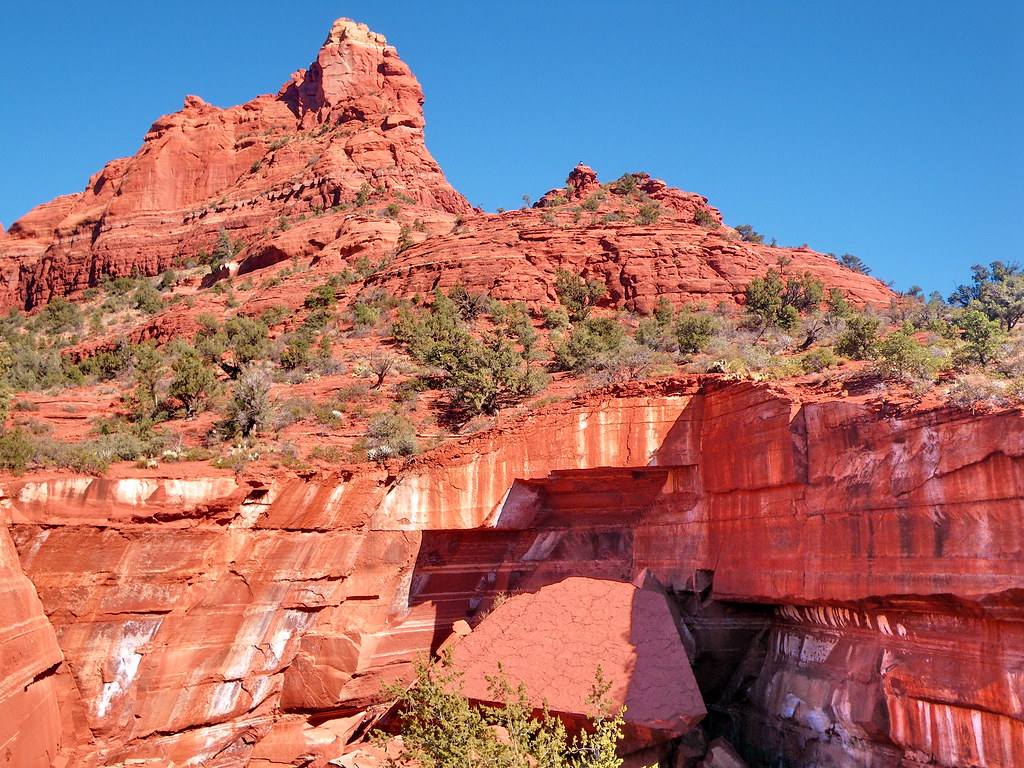
The towering red rock formations of Sedona create landscapes that strongly evoke Australia’s sacred Uluru and the rugged Outback, offering an experience reminiscent of a journey to the Southern Hemisphere. The distinctive crimson buttes, mesas, and spires take on an almost supernatural glow at sunrise and sunset, when the iron oxide in the sandstone seems to radiate light from within, creating photographic opportunities comparable to Australia’s most famous natural landmarks. Sedona’s extensive network of hiking trails allows visitors to immerse themselves in these otherworldly landscapes, with options ranging from easy walks to challenging climbs that reward effort with panoramic views across vast expanses that feel completely removed from typical American scenery. The area’s spiritual significance parallels Australia’s sacred sites, with Sedona’s famous vortexes—places where the earth’s energy is said to be especially powerful—attracting spiritual seekers much as Australia’s Aboriginal sacred sites draw those interested in ancient wisdom traditions. Wildlife encounters further enhance the Australian parallel, with the chance to spot creatures like javelinas (similar in appearance to wild boars), roadrunners, and various raptors in their natural desert habitat.
Door County, Wisconsin – Scandinavian Fishing Villages
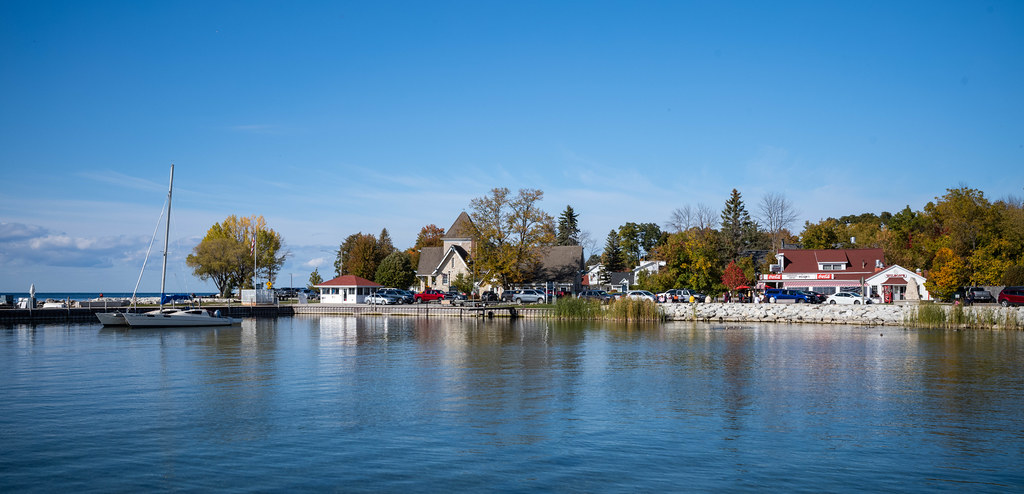
Stretching into Lake Michigan like a finger, Door County offers a distinctly Scandinavian experience with its fishing villages, maritime heritage, and Nordic-influenced culture. The peninsula’s shoreline is dotted with charming hamlets like Fish Creek, Ephraim, and Sister Bay, where white clapboard buildings, fishing boats, and waterfront restaurants create scenes reminiscent of coastal villages in Norway or Sweden. The area’s Scandinavian heritage, established by 19th-century immigrants from Norway, Sweden, and Denmark, remains evident in local traditions like the authentic fish boil, where whitefish and potatoes are cooked in a cauldron over an open flame in a spectacle that concludes with a dramatic “boil over.” Traditional Scandinavian architecture can be found throughout the region, particularly in buildings like the Boynton Chapel, a stunning replica of a Norwegian stavkirke (stave church) with intricate wood carvings and dragon motifs. Artisan food producers maintain Nordic culinary traditions, with local smokehouses preparing Lake Michigan fish using methods brought from Scandinavia, while bakeries offer cardamom-scented pastries and other Nordic specialties. The region’s five state parks, featuring limestone cliffs, dense forests, and pristine beaches, provide natural settings similar to those found along Scandinavia’s coastlines.
Chinatown, San Francisco – Imperial China’s Urban Experience
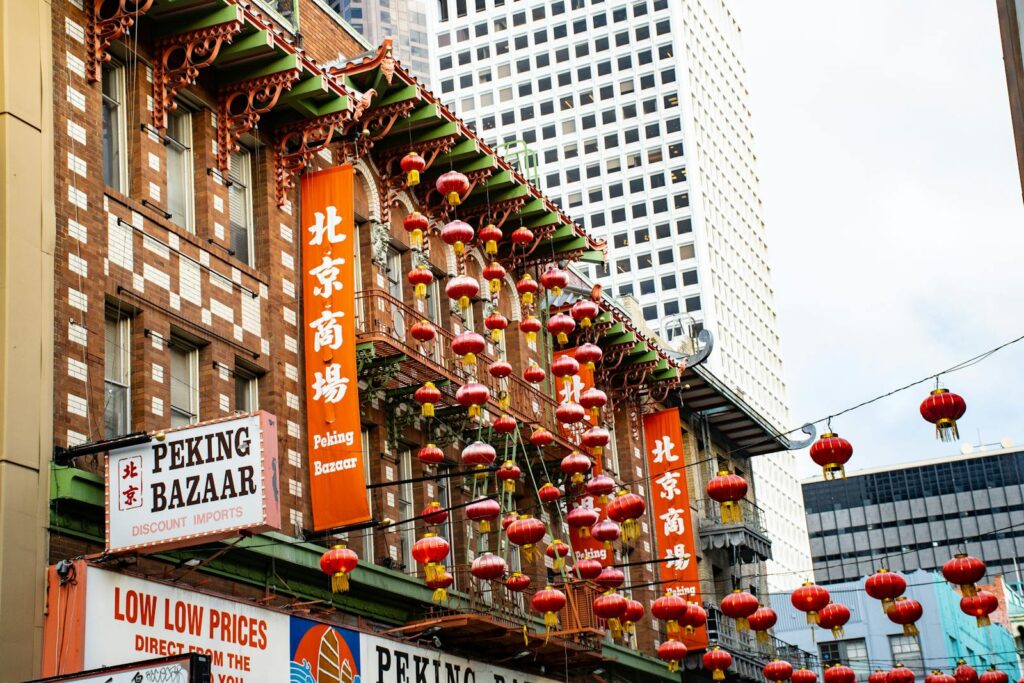
As the oldest and one of the largest Chinatowns in North America, San Francisco’s Chinatown offers an immersive experience that rivals a visit to urban centers in China itself. The neighborhood’s iconic Dragon Gate entrance on Grant Avenue marks the threshold to a world of colorful shops with traditional architecture, including distinctive balconies, curved eaves, and red lanterns strung across the streets. Beyond the tourist-oriented Grant Avenue, side streets and alleys reveal a working Chinese American community where Cantonese and Mandarin conversations fill the air, herbalists prepare traditional remedies, and bakeries produce moon cakes, egg tarts, and other authentic Chinese pastries. Cultural institutions like the Chinese Historical Society of America and the Chinese Culture Center offer insights into Chinese heritage and contemporary Chinese art, while the Tin How Temple, the oldest Chinese temple in America, provides a glimpse into traditional religious practices. The neighborhood’s annual events, including the spectacular Chinese New Year Parade featuring the Golden Dragon and elaborate floats, transform the district into a celebration that echoes festivities in Beijing, Shanghai, and Hong Kong.
Holland, Michigan – Dutch Tulip Fields and Windmills
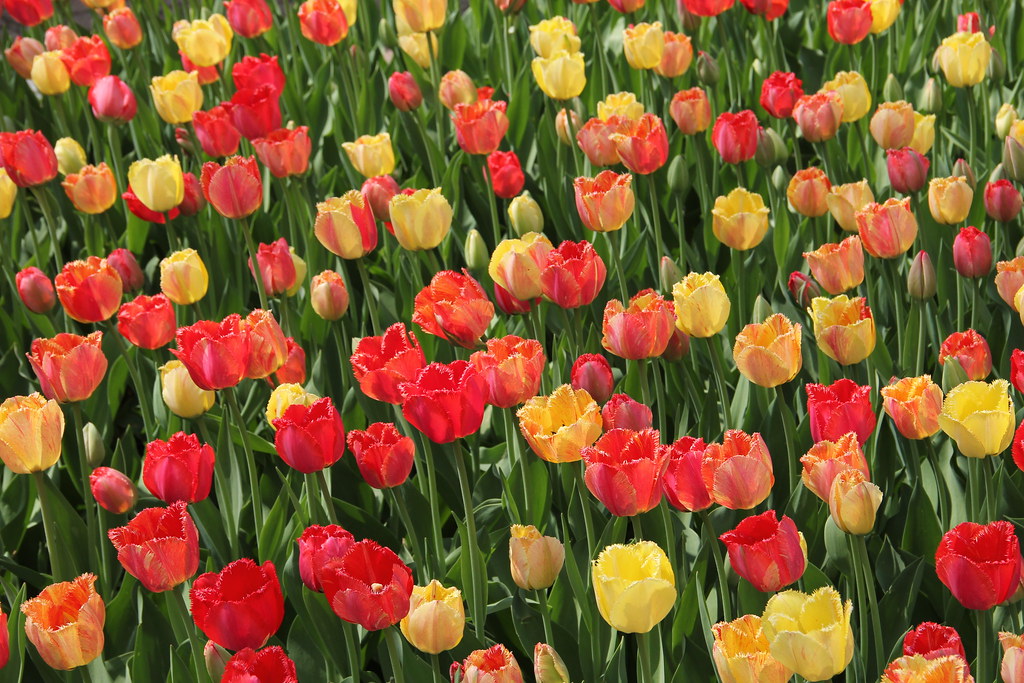
Founded by Dutch immigrants in the 1840s, Holland, Michigan maintains such strong connections to its Netherlands heritage that visitors often feel they’ve been transported to the European lowlands. The city’s most striking Dutch feature is Windmill Island Gardens, home to De Zwaan, the only authentic Dutch windmill operating in the United States, which was transported piece by piece from the Netherlands in 1964 and continues to grind grain into flour using traditional methods. Each spring, the city erupts in color during the Tulip Time Festival, when millions of tulips bloom throughout the town and in dedicated gardens, creating floral displays that rival the famous Keukenhof Gardens in the Netherlands. The downtown area features distinctive Dutch architecture with decorative facades and gabled roofs, while specialty shops sell imported Dutch products from Delft pottery to stroopwafels. Visitors can learn about Dutch history and culture at the Holland Museum and see authentic Dutch costumes and traditional wooden shoe carving demonstrations at various locations around town. The city’s dedication to its heritage extends to Nelis’ Dutch Village, a theme park that recreates a 19th-century Dutch town complete with costumed staff demonstrating traditional crafts and performing folk dances.
Safari West, California – African Wildlife Experience in Wine Country
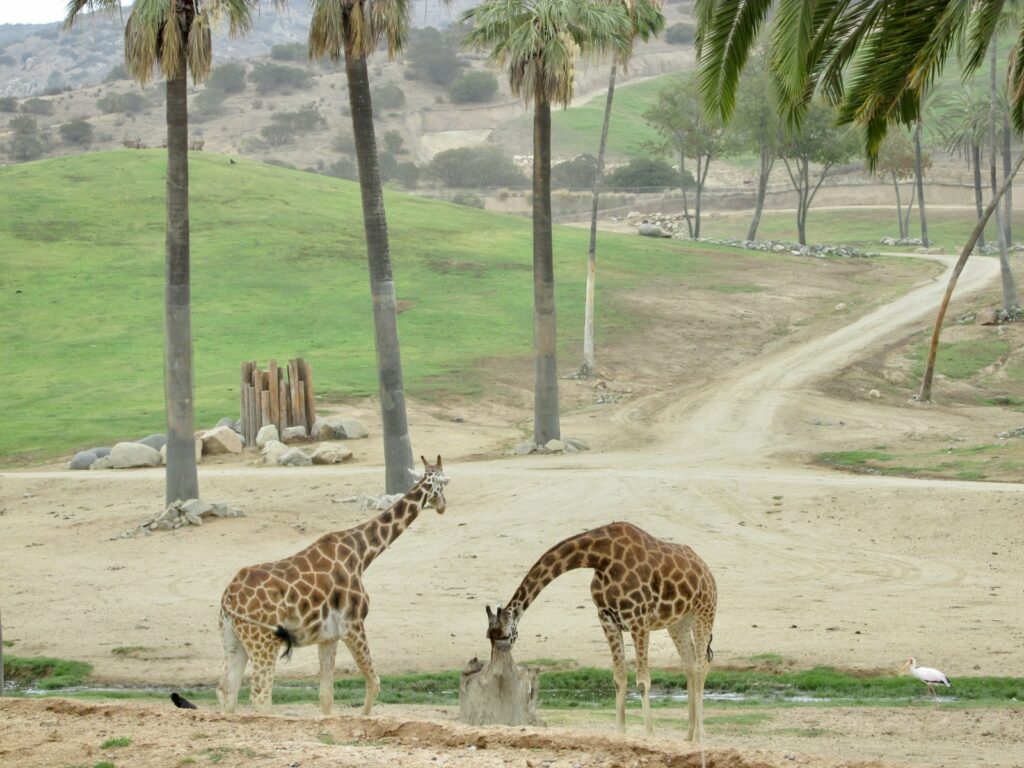
Nestled in the hills of Sonoma County wine country, Safari West offers an astonishingly authentic African safari experience complete with exotic wildlife and tented camp accommodations. The 400-acre wildlife preserve is home to nearly 900 animals representing over 90 species from Africa, including giraffes, rhinos, cheetahs, zebras, and numerous antelope species that roam freely in large, natural enclosures that mimic their native habitats. Guided safari tours take visitors through the preserve in authentic open-air safari vehicles imported from Africa, with knowledgeable guides providing information about the animals and conservation efforts while navigating terrain that feels remarkably similar to the African savanna. The experience becomes even more immersive for overnight guests who stay in luxurious safari tents imported from Africa and elevated on platforms, allowing them to fall asleep to the sounds of calling birds, grunting antelope, and other exotic wildlife. The on-site Savanna Café serves African-inspired cuisine featuring game meats and traditional spices, while educational programs focus on wildlife conservation issues affecting both African ecosystems and global biodiversity. The preserve’s commitment to authenticity extends to its staff, many of whom have worked in African game reserves and bring firsthand knowledge of wildlife management practices to this California sanctuary.
Venice Canals, Los Angeles – Italian Romance in Southern California
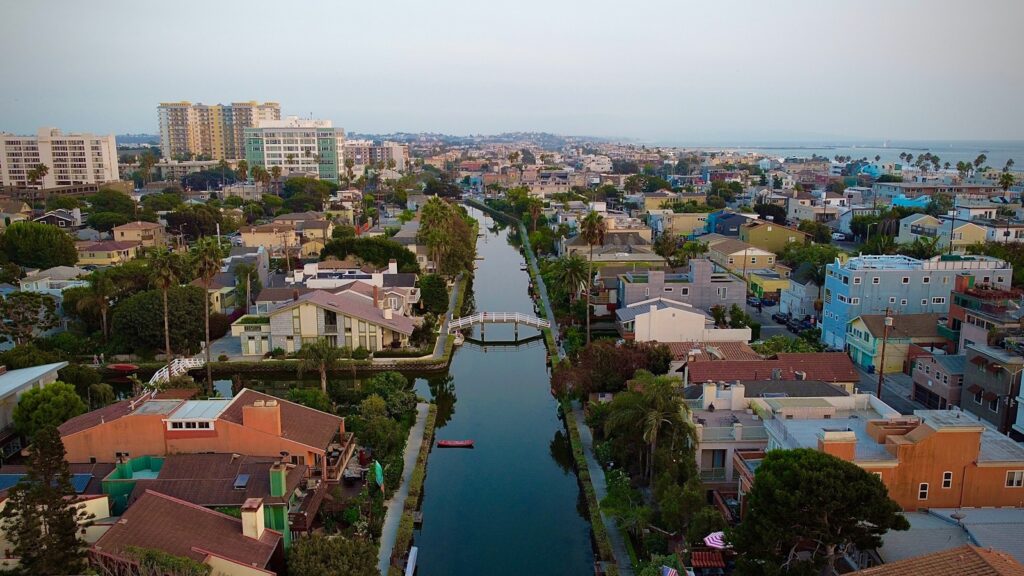
Hidden away in the Los Angeles neighborhood bearing the same name, the Venice Canals create a surreal slice of Italy just steps from the Pacific Ocean. Created in 1905 by developer Abbot Kinney to recreate the romantic atmosphere of Venice, Italy, the remaining canals (originally there were twice as many) feature arching pedestrian bridges, charming waterfront homes, and narrow walkways that closely mimic their Italian inspiration. Visitors can stroll along the peaceful canal-side paths, watching ducks and other waterfowl while admiring the eclectic architecture of the surrounding homes, which range from original cottages to contemporary designs, all oriented to take advantage of their unique waterfront setting. Though gondolas no longer ply these waters as they once did, kayaks and small boats occasionally glide by, enhancing the European ambiance. The canals are particularly magical during the December boat parade, when residents decorate their homes and watercraft with elaborate light displays that reflect in the calm waters. Just blocks away, the Venice Beach Boardwalk offers a completely different but equally distinctive atmosphere, making it possible to experience both quaint European charm and quintessential California beach culture in a single afternoon.
Gaylord Palms Resort, Florida – Biospheres from Multiple Continents
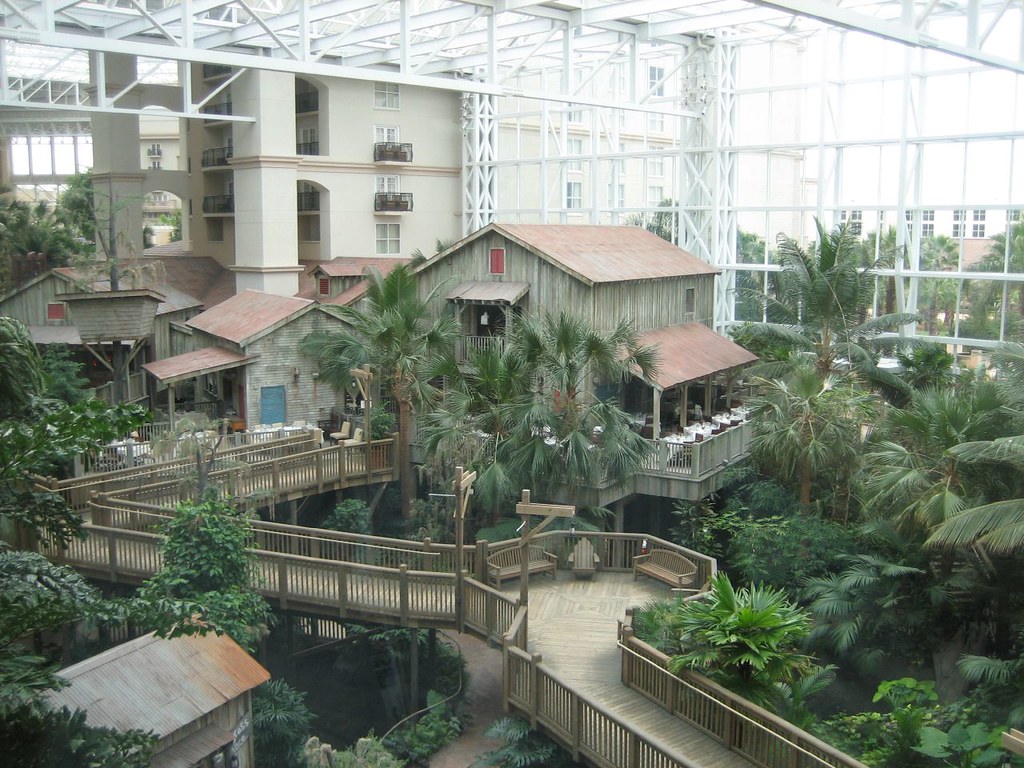
The Gaylord Palms Resort near Orlando creates multiple international experiences under a single vast glass atrium, allowing visitors to travel between distinctly different environments in minutes. The resort’s 4.5-acre glass-enclosed biosphere is divided into themed areas that meticulously recreate different regions, including the Everglades (with live alligators, cypress trees, and a replica of a traditional Florida cracker house), Key West (featuring vibrant tropical plantings, a replica of the southernmost point buoy, and a sailfish suspended overhead), and St. Augustine (with Spanish Colonial architecture and fountains). Beyond these Florida environments, the resort includes international elements like the Villa de Flora restaurant designed to evoke a Mediterranean villa with rustic stonework and climbing vines. The atrium’s carefully controlled climate maintains perfect growing conditions for thousands of tropical plants from around the world, creating lush environments that feel distinctly removed from ordinary hotel experiences. Seasonal events transform these spaces

